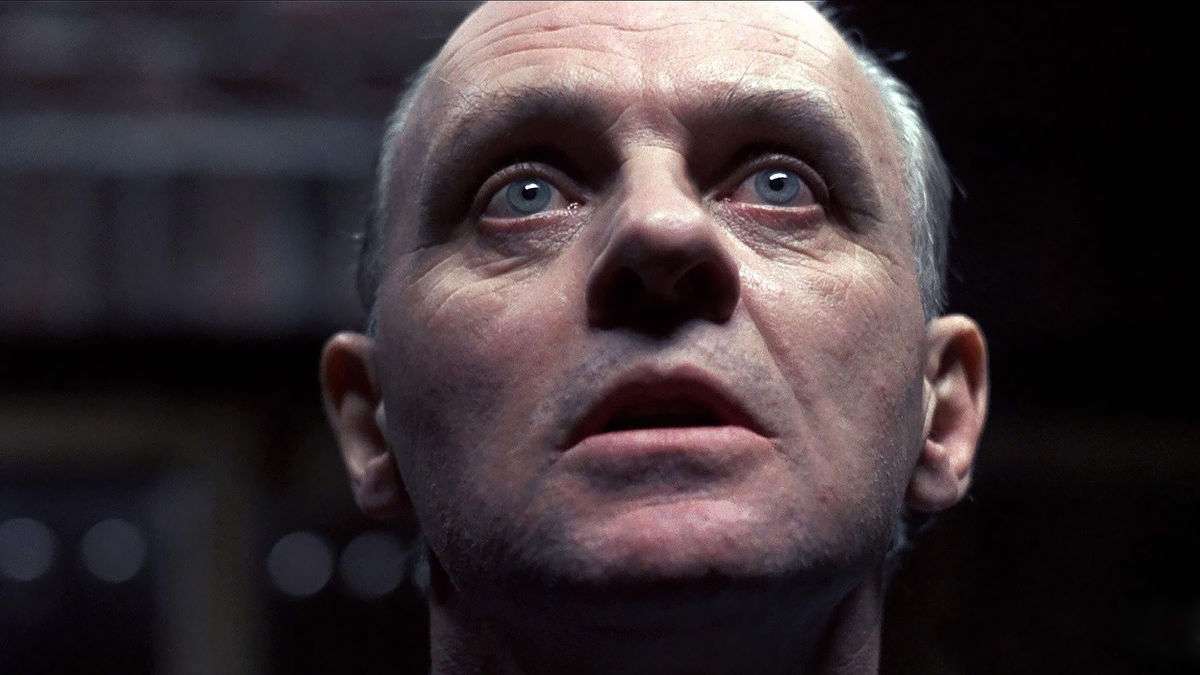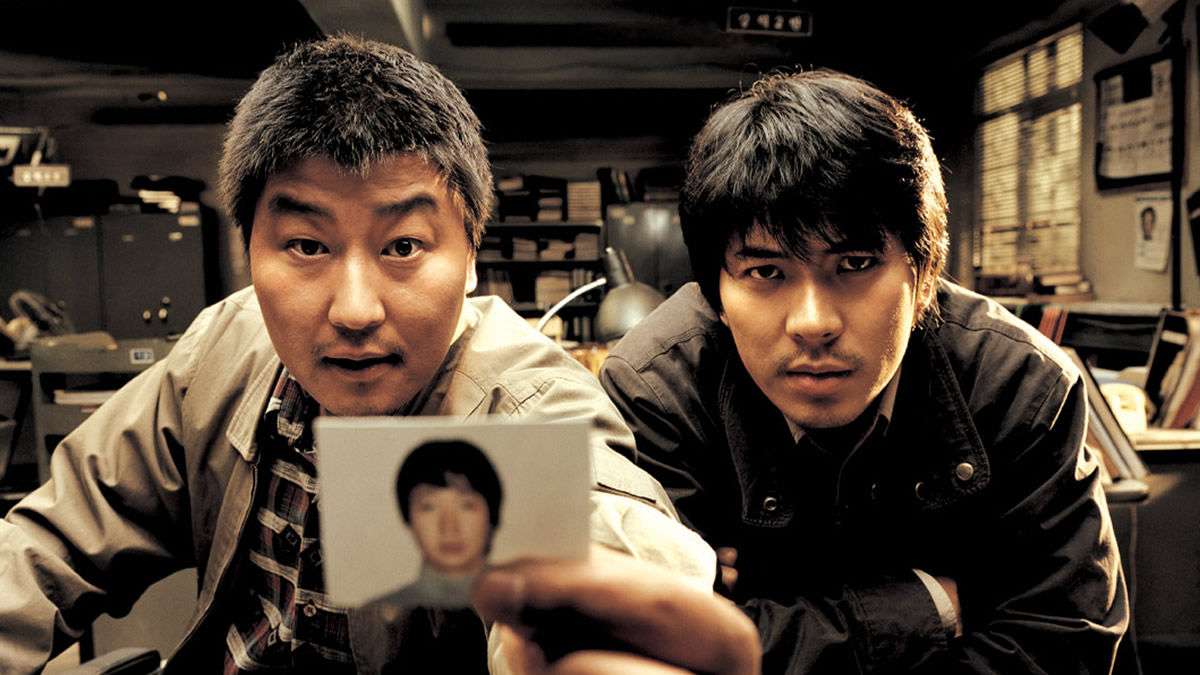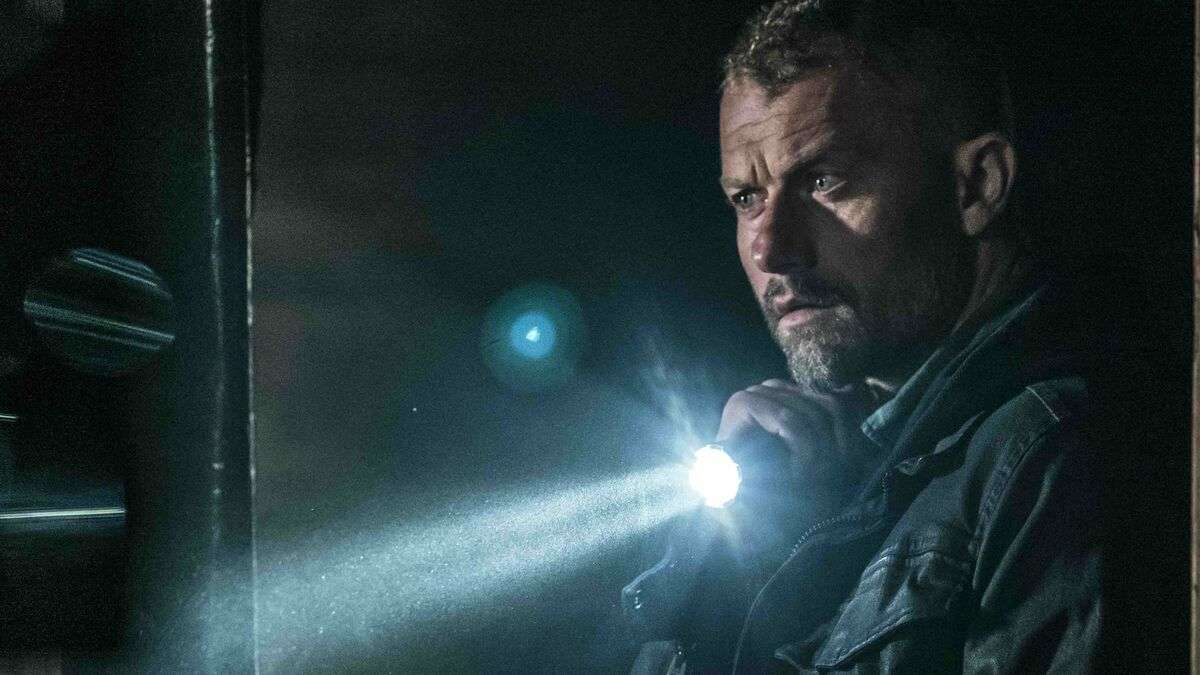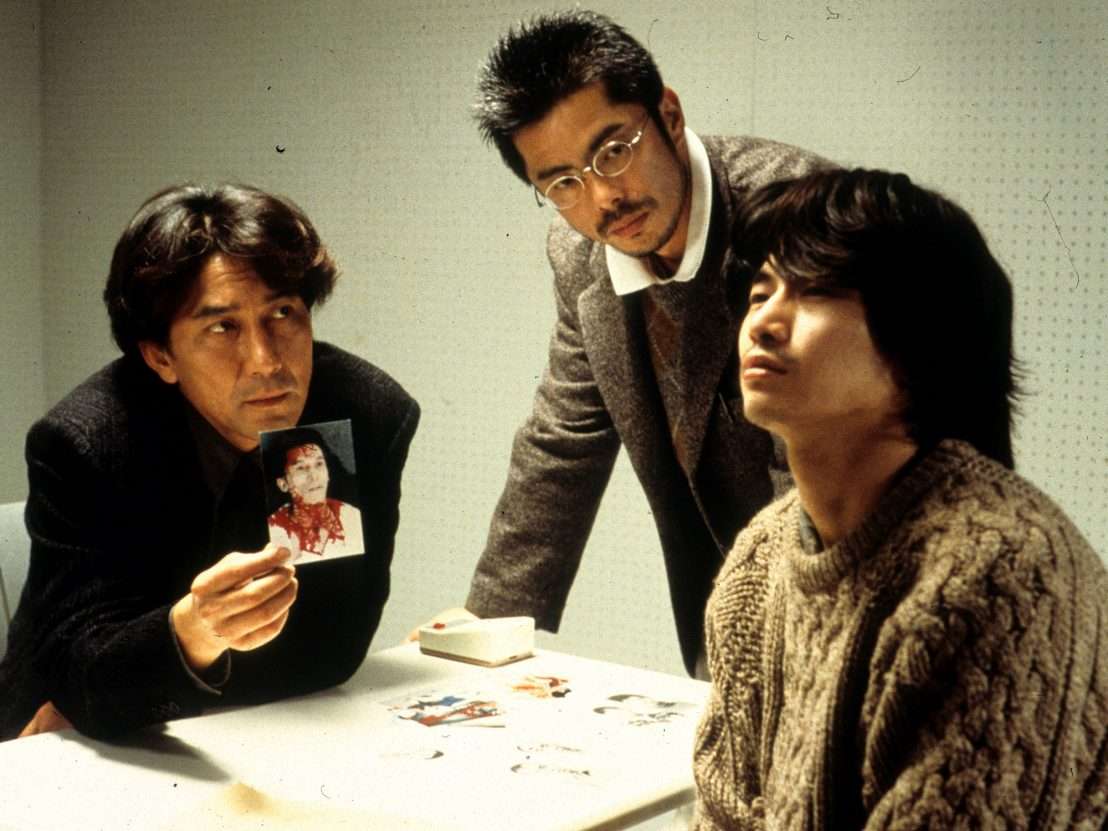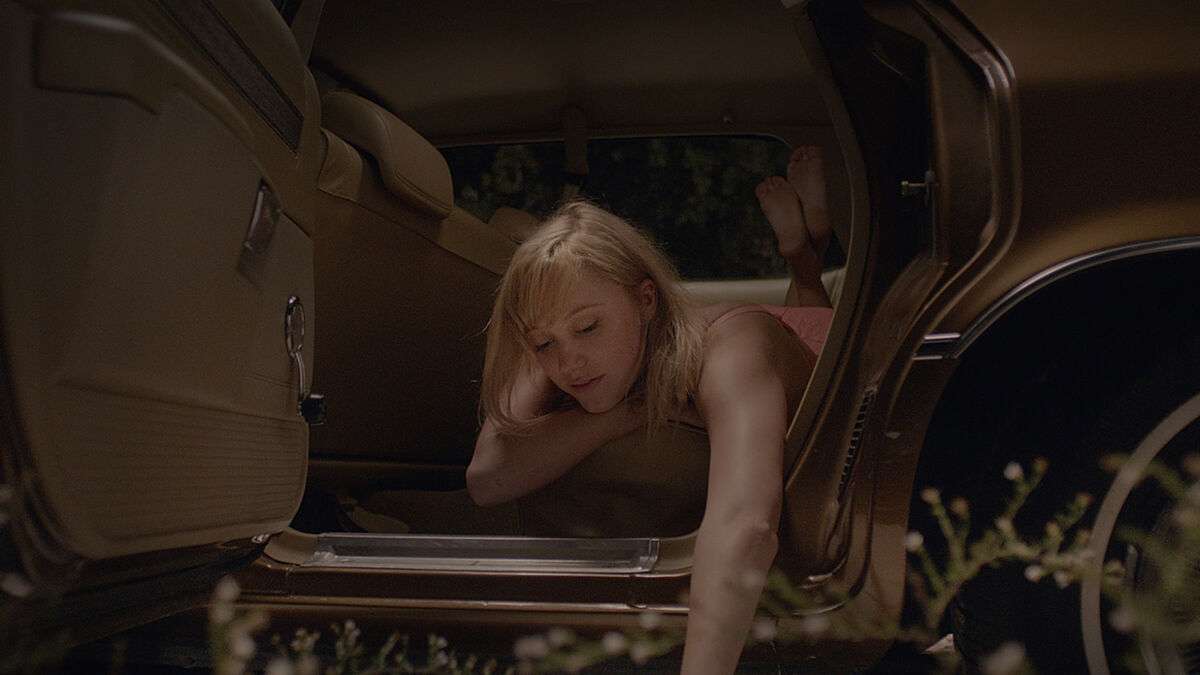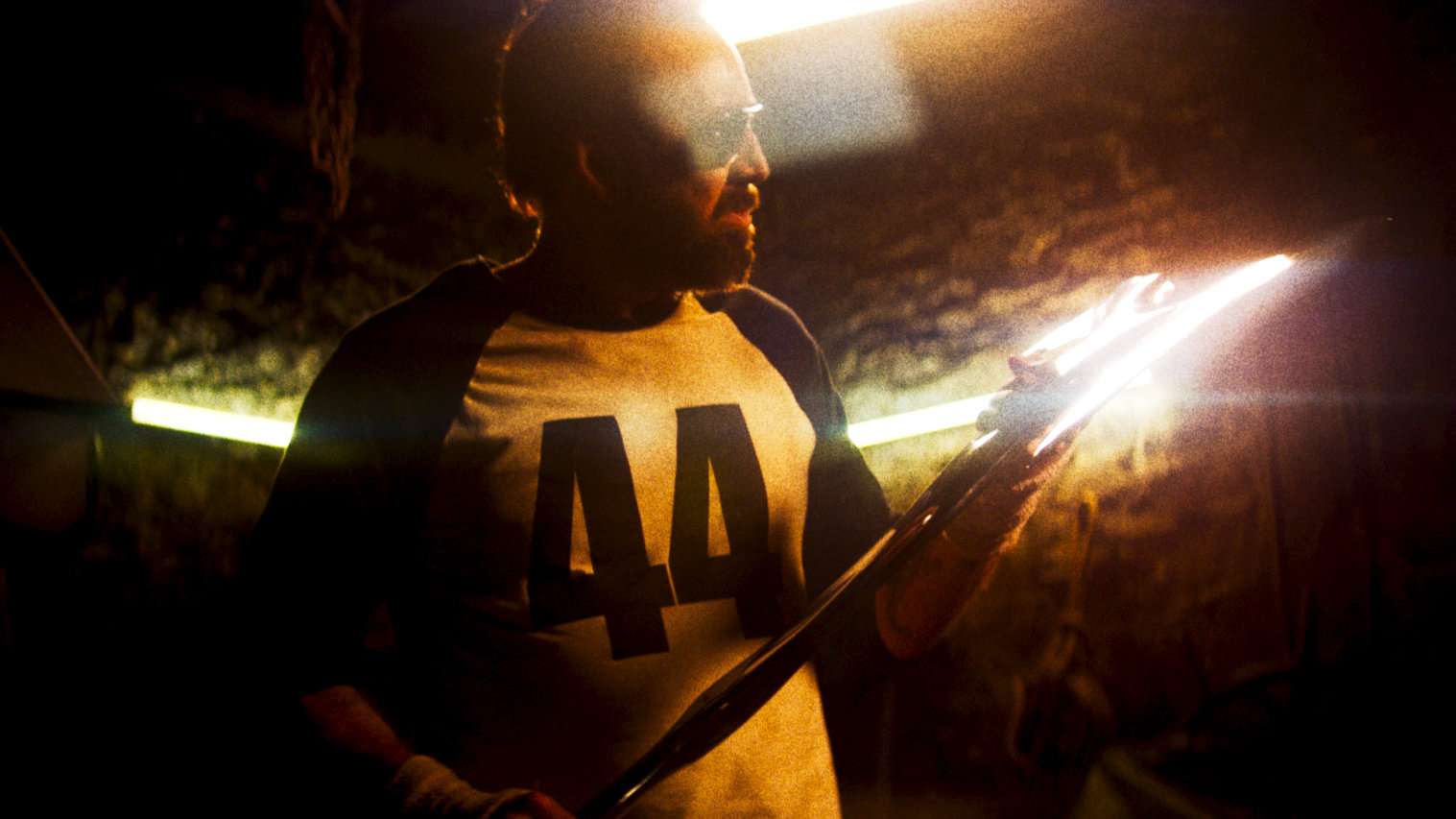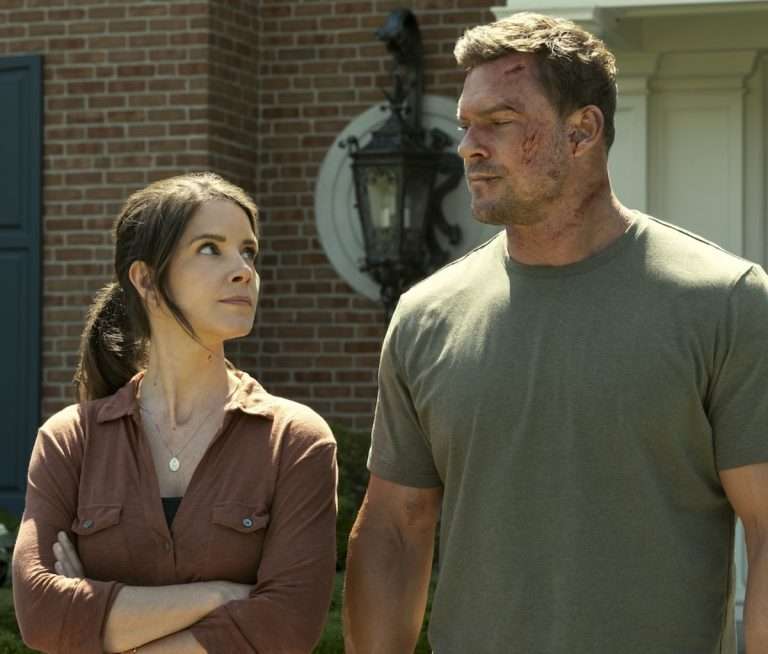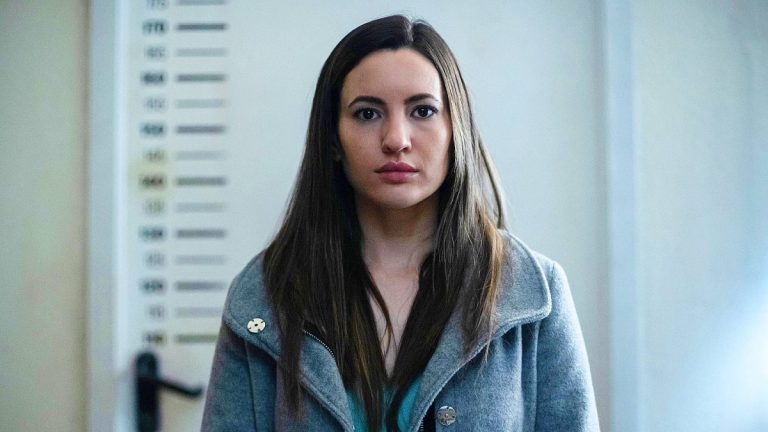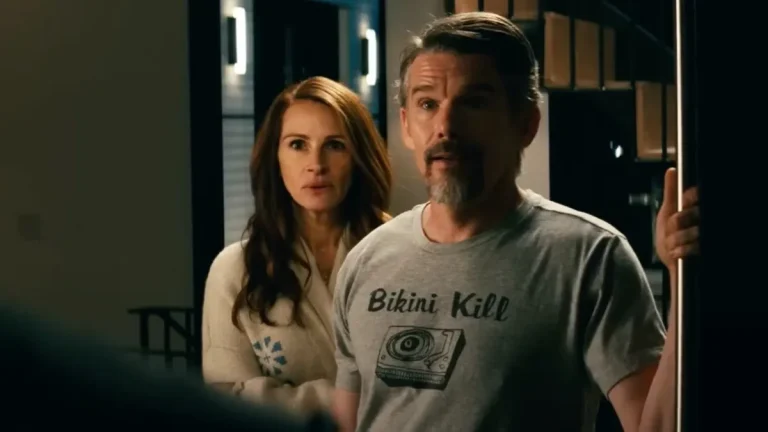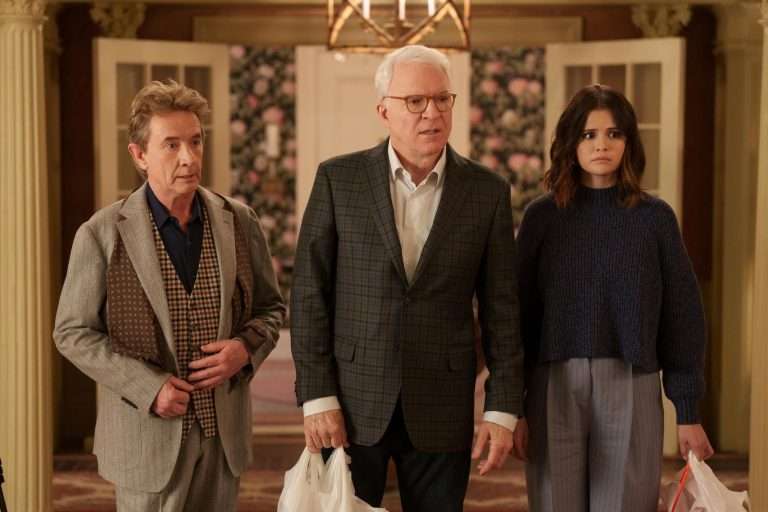Neon-disturbed latest indie-horror flick, “Longlegs,” recently became one of the biggest surprise hits this summer. An occult thriller that opened with mostly wide critical acclaim, the movie has slowly gone on to win audiences, as the global box office collection now stands at a stellar $47.3 million. What’s even more impressive is that it became the highest-grossing regional debut ever for the distributor house, marking 2024 as one of the best years for horror genre fans.
But that’s not to say that the Nicolas Cage starrer serves strictly as a genre film. In fact, the discourse regarding “Longlegs” has been pretty varied. While part of the audience has hailed it for evoking an unspoken existential terror manifested through its carnivalesque frights, others have admired the film as a mood-setting procedural thriller. Some are even calling it a long-awaited giant step in serial killer cinema. That’s probably why it’s tapped into the sensibilities of a wider demographic of the movie-going audience. We take this opportunity to delve into six other finely crafted movies you might want to tune in after having your mood set by the audaciously ambiguous ending of “Longlegs.”
1. The Silence of the Lambs (1991)
Easily the most influential film on the list, “The Silence of the Lambs” follows a young FBI trainee, Clarice Starling (Jodie Foster), as she seeks the help of a confined cannibalistic serial killer, Hannibal Lecter (Anthony Hopkins), to catch another serial murderer. Going deeper into the labyrinth of her own mind and the case, Clarice slowly finds herself in a psychological cat-and-mouse play with the former, who offers cryptic clues to the potential case in exchange for private insights into her life.
Osgood Perkins, the director of Longlegs, described the movie as “your admission ticket” to his latest feature, acknowledging how the plot mechanics of the 1991 film influenced his story greatly. While Clarice’s character was rather overshadowed by Anthony Hopkins’s monumental performance as Hannibal, “Longlegs” deflects this deceit by restricting the runtime dedicated to its antagonist. In that way, it draws upon as well as deviates from its chief influence.
Where to Watch:
2. Memories of Murder (2003)
Based on the true story of South Korea’s first recorded-ever serial killings, which took place in the rural town of Hwaseong, Bong Joon-ho’s “Memories of Murder” follows two diametrically opposite detectives, Park Doo-man (Song Kang-ho) and Seo Tae-yoon (Kim Sang-kyung), as they come together to solve the unprecedented case. However, as the killer strikes on a strategized murder spree, repeating the same pattern, the detectives push their limits to realize that they must rely on basic skills and tools to piece the clues together.
For all its extraordinary achievements, the best thing about this meticulously crafted mood-setting drama is how it turns the scrutiny of a conventional procedural drama inward. Through that, it criticizes the systemic and societal causes of the murders, churning suspense and a secondary feeling of dread from the consequence of the Hwaseong killing rather than the whodunit aspect of it. For that reason, it’s even said to have inspired David Fincher’s 2007 “Zodiac,” which many consider to be one of the last great serial killer dramas.
Where to Watch:
3. The Empty Man (2020)
A contemporary outlier in getting a perfect balance of supernatural horror and investigative thriller, “The Empty Man” plays on many of the themes we see in “Longlegs.” This is quite surprising considering how it failed to gain wide critical and audience approval back when it came out, despite being a worthy addition to the genre. The film follows former cop James Lasombra (James Badge Dale) as he embarks on tracing the mysterious disappearance of a friend’s daughter. However, things turn ominous when the investigation leads him to a sinister urban legend, the Empty Man.
Through focused storytelling and skillful direction, the film turns archaic concepts and abstract ideas into a guide through its dense philosophical maze. In doing so, it lets us ruminate over the line tethering between reality and insanity, a thematic conceit quite cheekily acknowledged by a school featured in the film called Jacques Derrida High School. That’s what puts it in the now-growing category of what’s become ‘elevated horror.’
Where to Watch:
4. Cure (1997)
A gloomily atmospheric and enveloping film about the perils of fear and obsession, this 1997 horror flick by Kiyoshi Kurosawa might be the most accomplished film on the list. The plot is deceptively simple: a world-weary detective is tasked with investigating a series of gruesome murders. Each murder seems to have the same ritualistic pattern (the kind of storytelling device that’s since become a USB for most movies, including the one related to this list). Yet, in each scenario, the suspect turns out to be an ordinary individual, rendering the detective unable to offer any motive for the crime. Adding to his worries is his psychologically unstable wife, throwing the tense state of the already worked-up detective further into the abyss.
Most filmmakers worldwide have tried emulating Kiyoshi Kurosawa’s distinctive creepiness. But it’s his thematic basis here, in his finest work to date, along with long, steady use of static takes that makes the storytelling here consistently mesmerizing. It remains one of the benchmark films in the genre even more than 25 years after its release.
Where to Watch:
5. It Follows (2014)
The fear-inducing, nerve-wracking, and shape-shifting entity of this 2014 movie is bound to leave you awake just like the all-consuming dread of “Longlegs.” Also starring Maika Monroe in the lead role, the film follows her lead character, Jay, after she becomes the new victim of an appalling affiliation after a rather insignificant fling. Things quickly turn nasty when this invisible force relentlessly haunts her. It follows her and sometimes takes human forms, anxious to find its next recipient.
Imbued with equal parts suspense and a striking commentary on the fears and stigmas encompassing contemporary anxieties about sex, the film offers a fresh take on the genre, making it a worthy addition to the list. Moreover, it also earns its place here since it was not only Monroe’s breakout role – played with restraint and firm conviction – but potentially also one of her best.
Where to Watch:
6. Mandy (2018)
It’d take us an entire article to talk about the varied spectrum of swings Nicolas Cage, as an actor, has taken throughout his career. In many ways, Panos Cosmatos’ “Mandy” marked a tipping point into a specific array of indie films he’d frequently star in. The story revolves around Red (Cage), a lumberjack who lives a secluded life with his girlfriend, Mandy (Andrea Riseborough). However, their tranquility is soon disrupted when a deranged cult leader unleashes demons that begin to haunt the two.
Suitably outrageous and immensely distinctive, this type of action-horror blend cracks open the kind of mood-piece tonality Cage has been sublimely tethering around with his recent projects. It’s imbued with the kind of energy so tangible that it’d engross you into its world right with its first God’s-eye lens opening scene. If you enjoyed “Longlegs,” you’d also be delighted to see an unhinged Cage here. It’s something you never get enough of.


